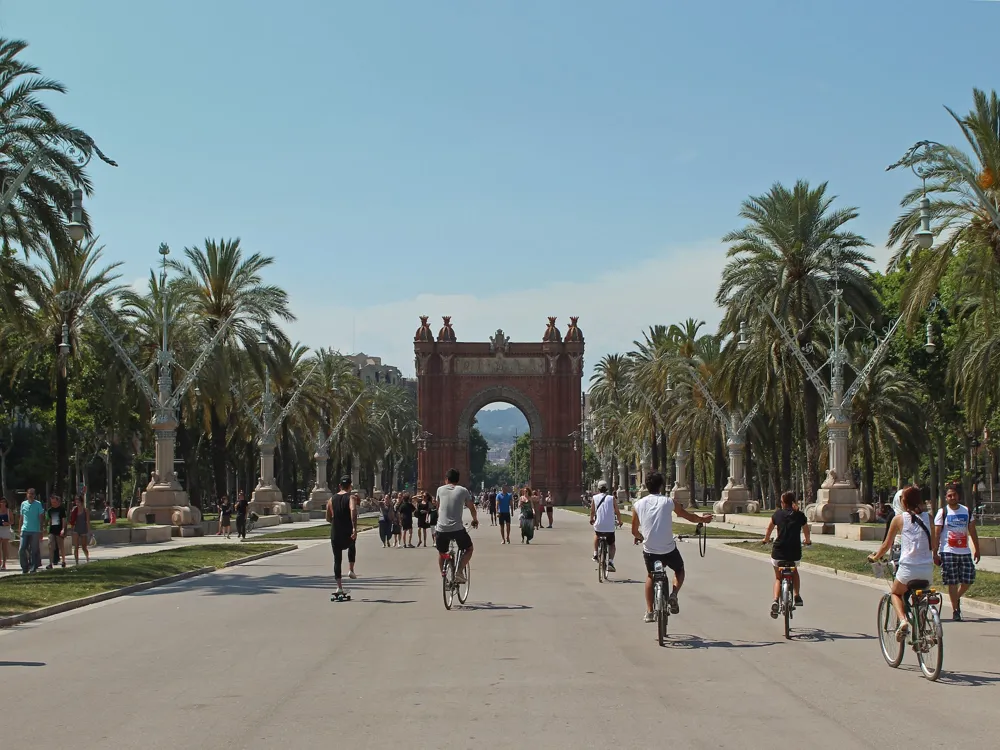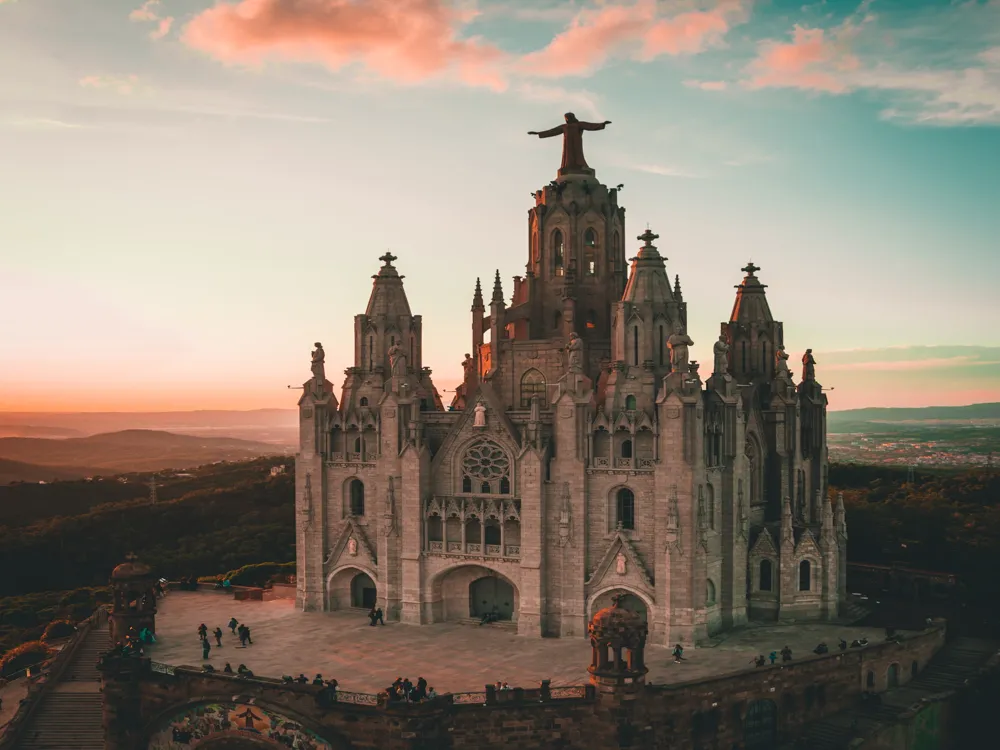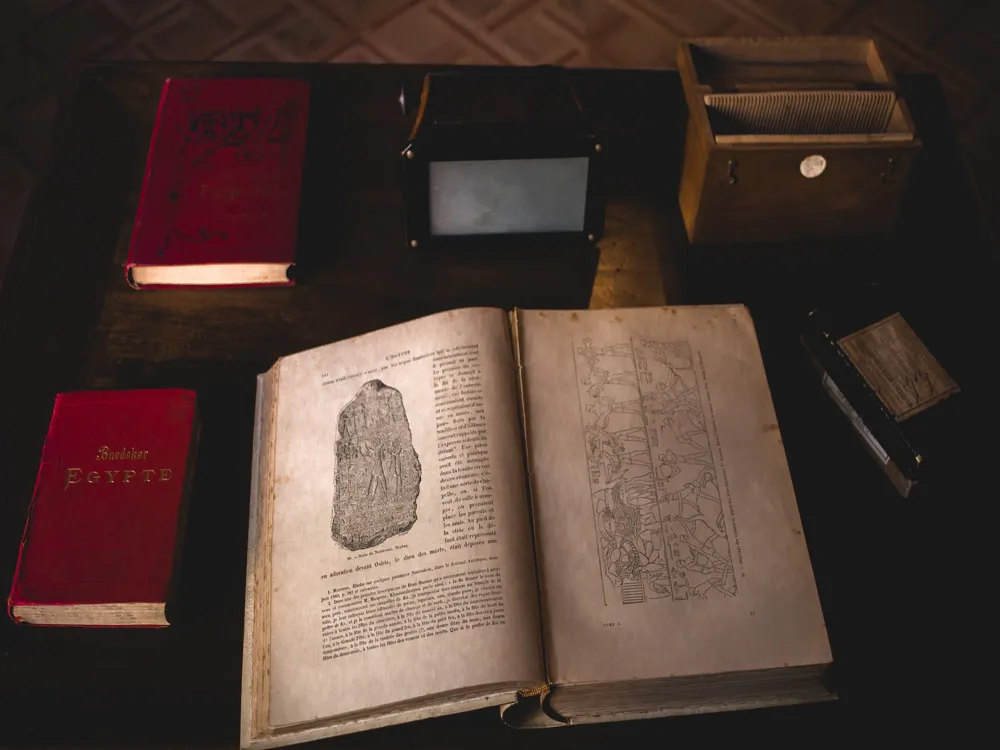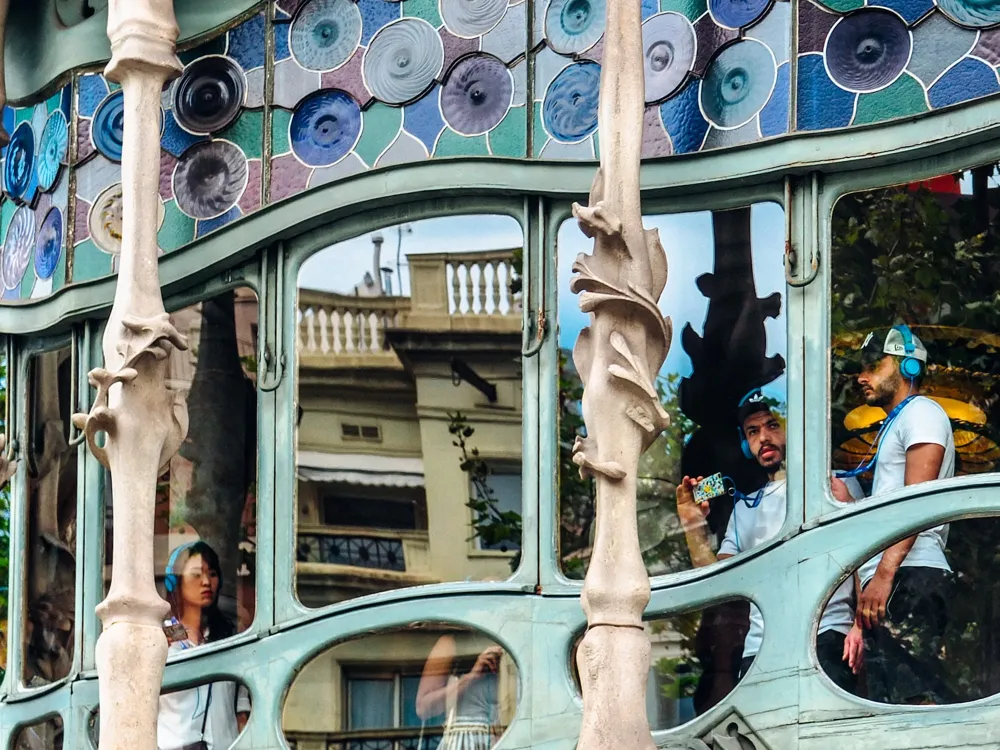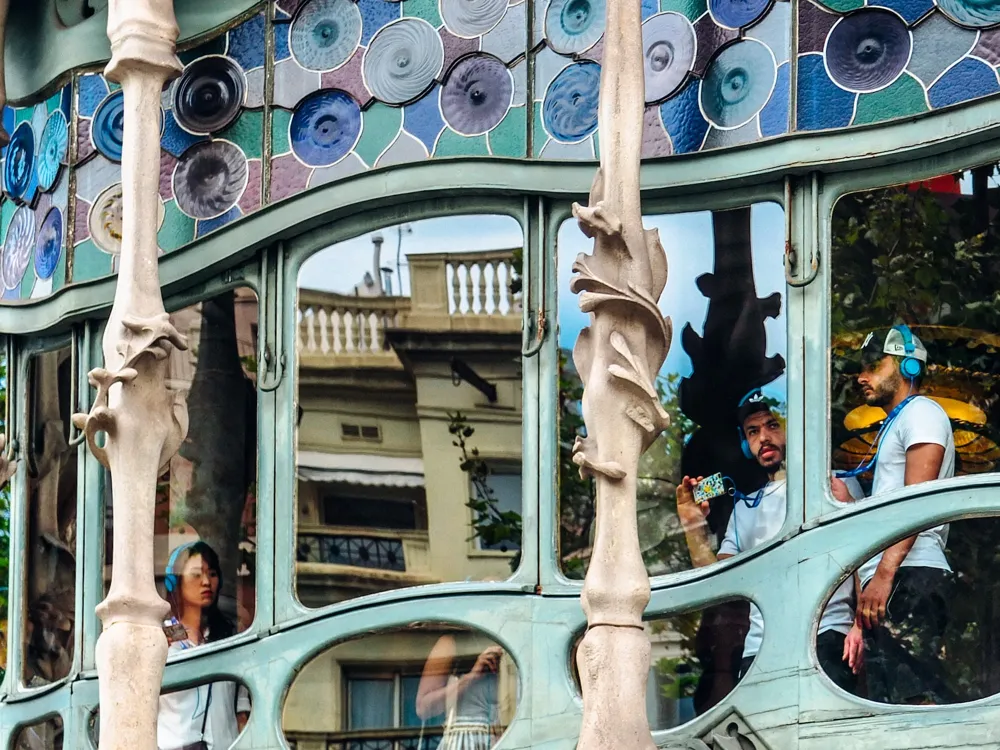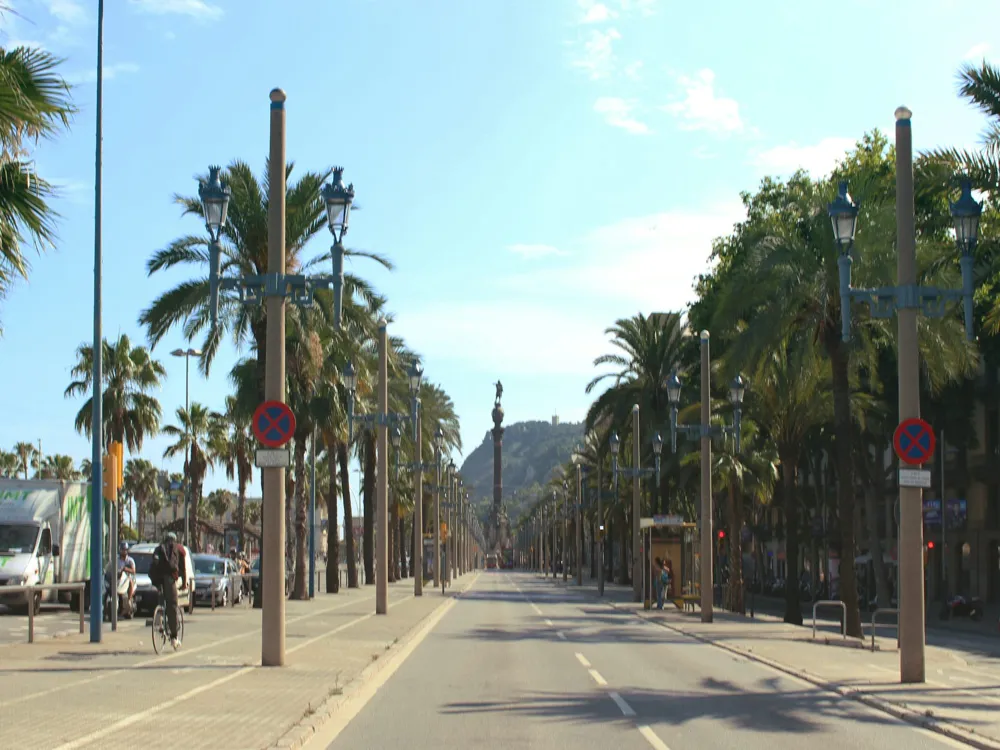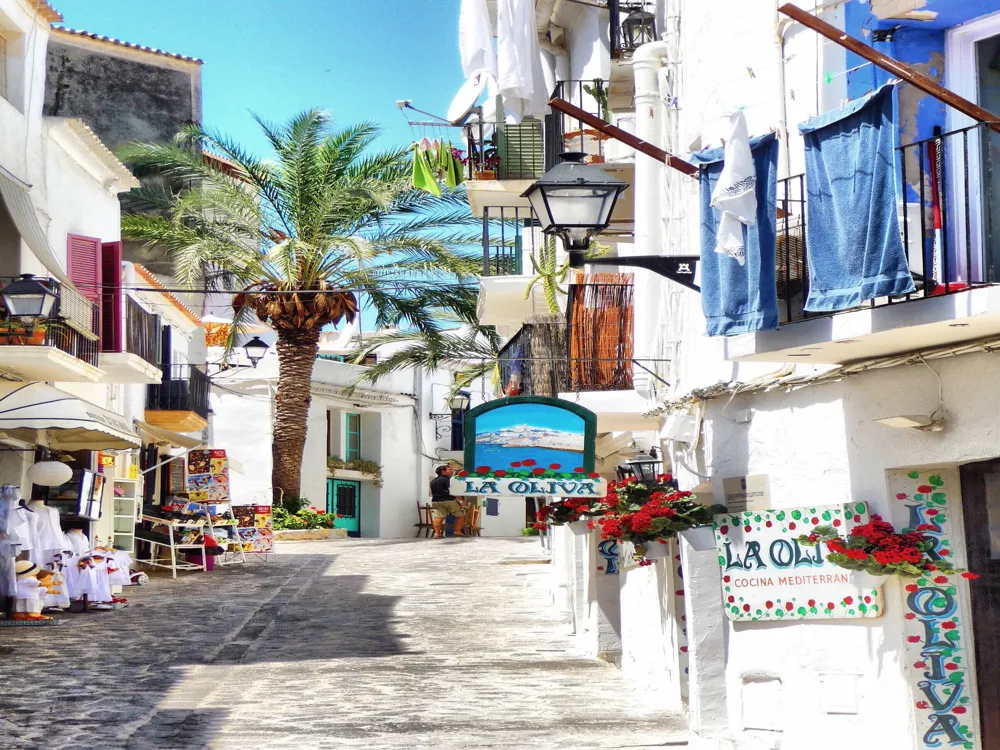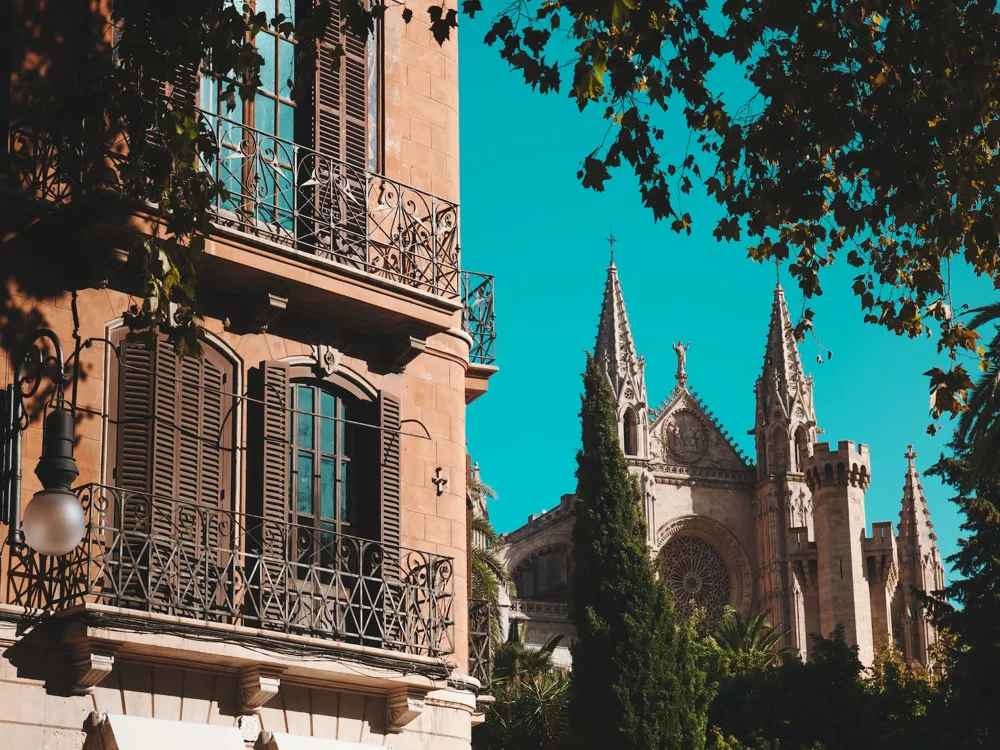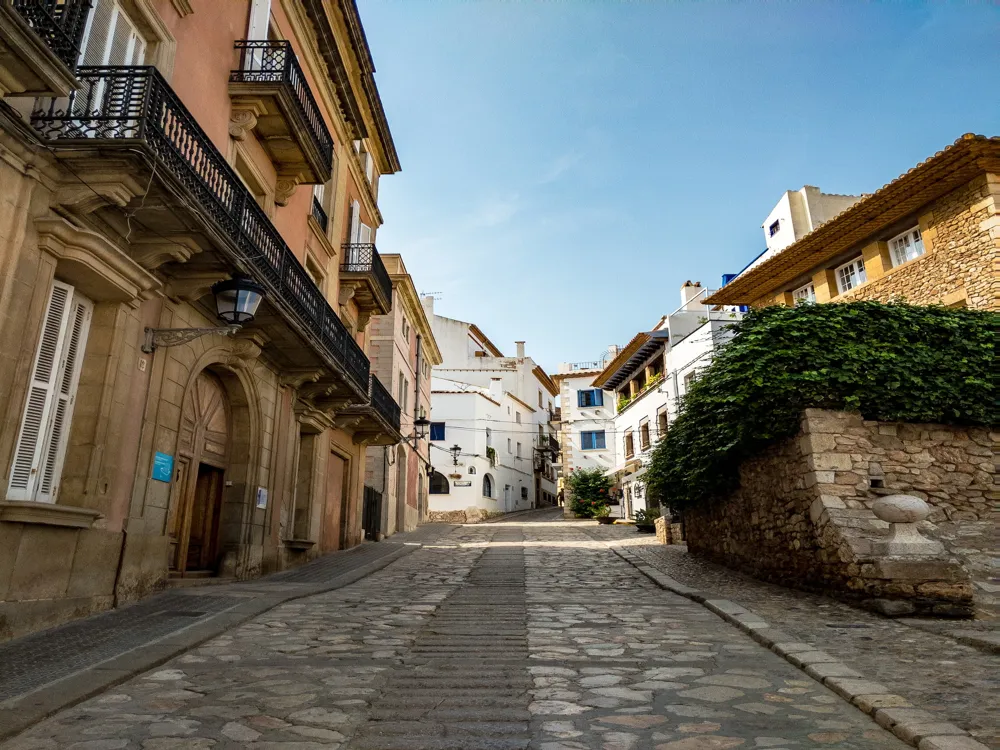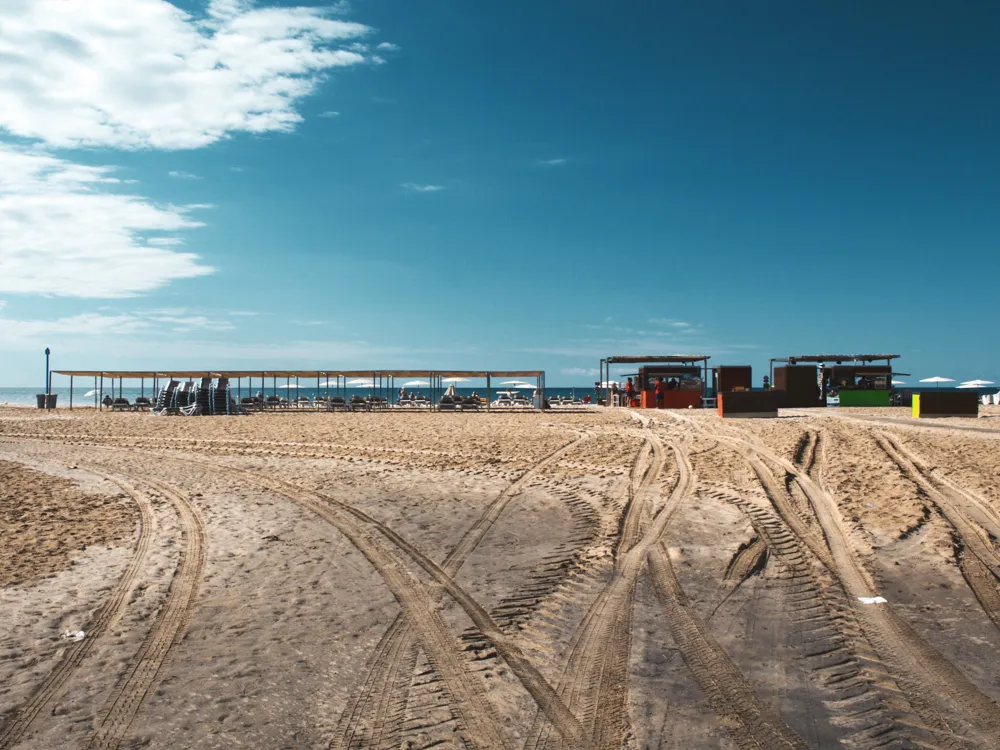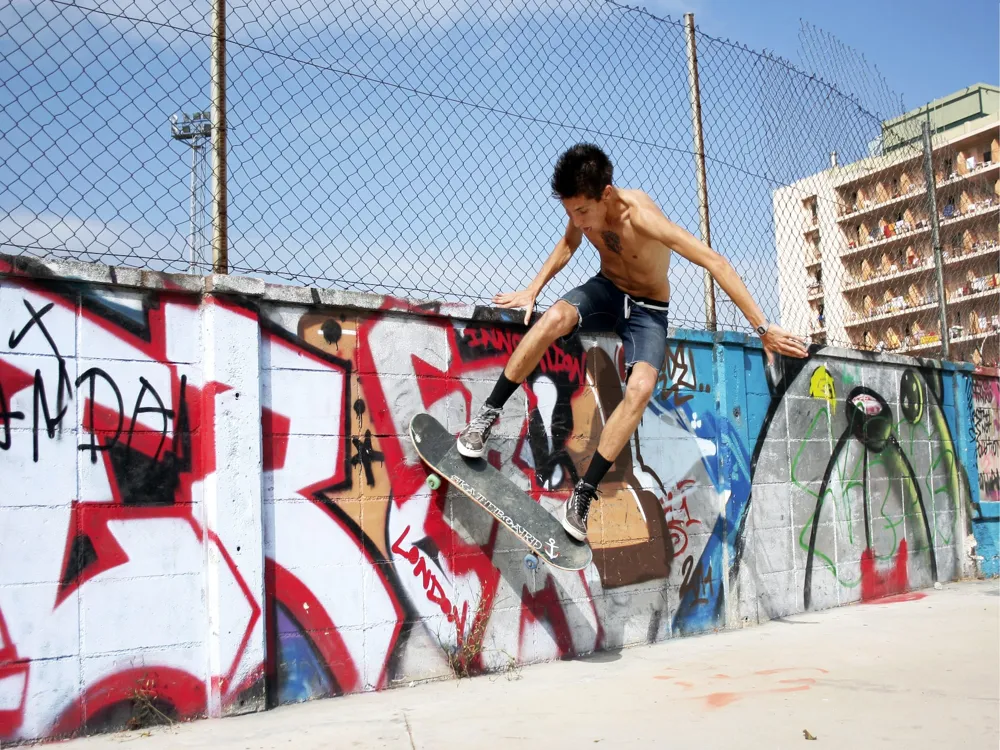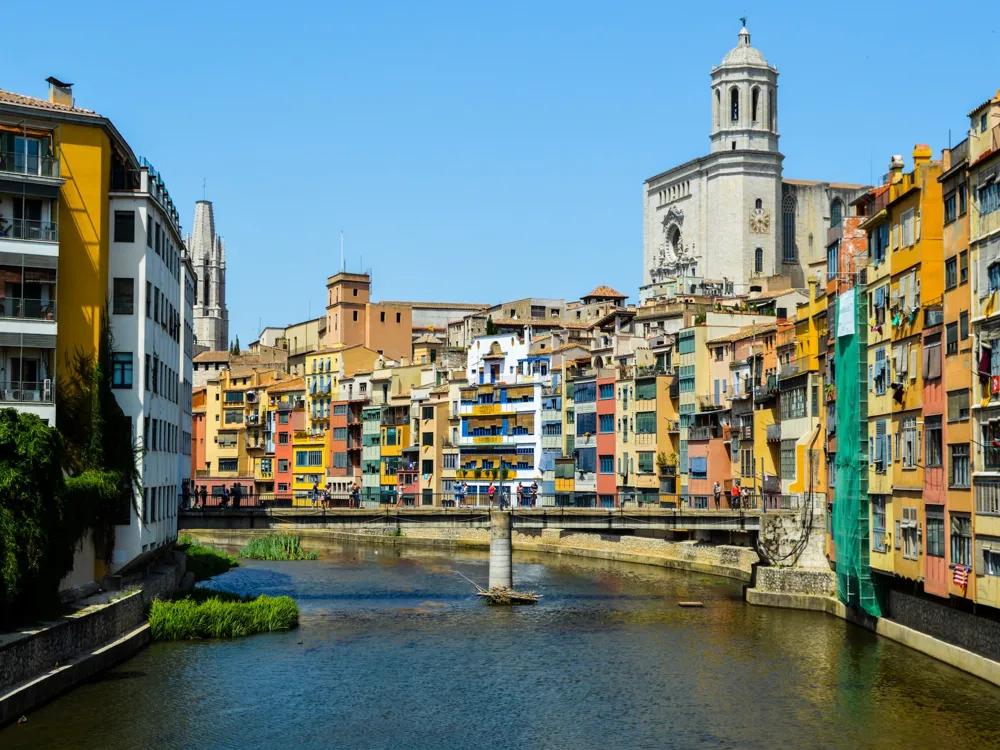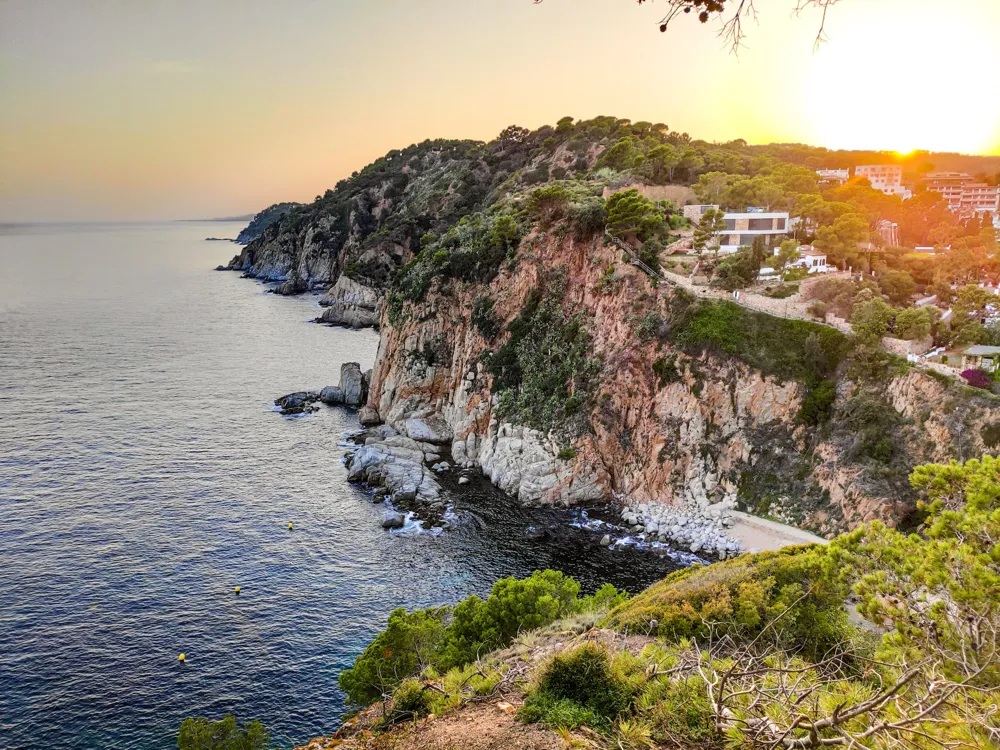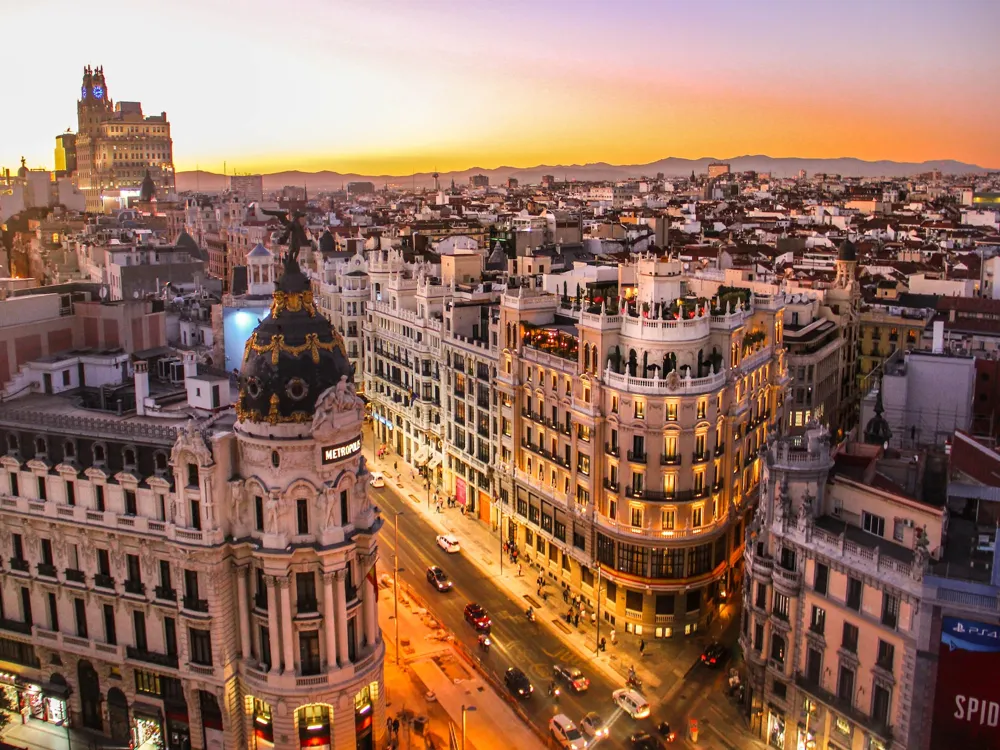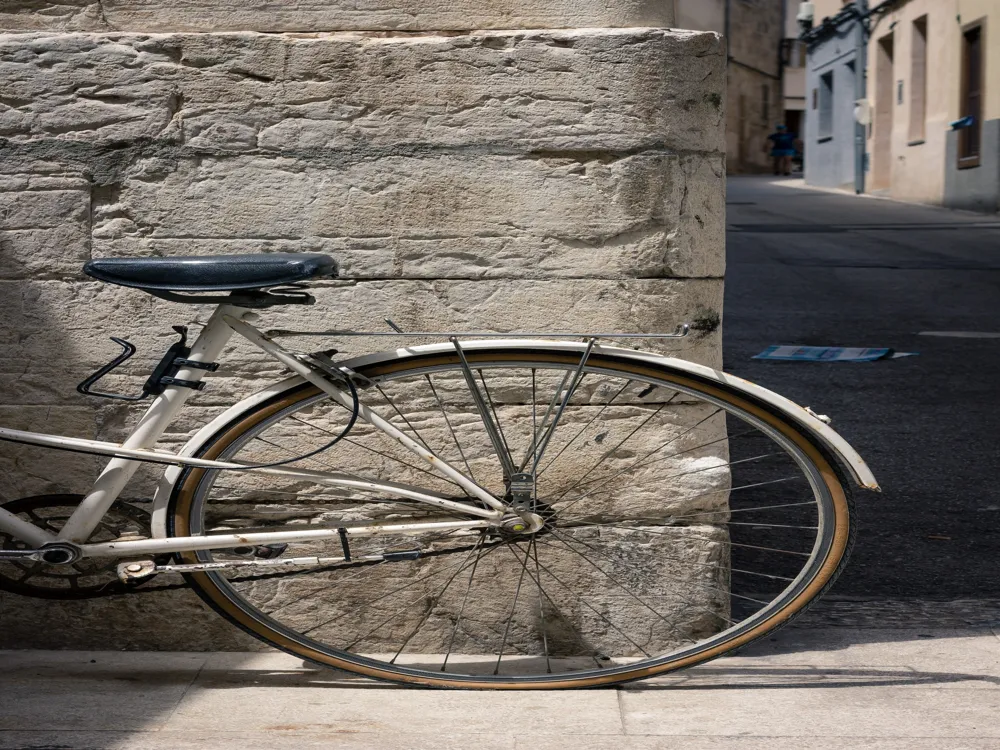The Picasso Museum of Barcelona is a magnificent tribute to one of the most influential artists of the 20th century, Pablo Picasso. Nestled in the heart of Barcelona's historic El Born district, the museum is a must-visit destination for art lovers and history enthusiasts alike. Housing one of the most extensive collections of Picasso's works, the museum chronicles the artist’s development from his early years to his later, more mature works. Picasso had a profound connection with Barcelona, a city he called home during his formative years. This museum, established in 1963, showcases over 4,000 works, making it a comprehensive archive of his artistic journey. The collection includes his famous Blue Period pieces, the comprehensive series of 'Las Meninas', and a deep exploration of his varied styles and experiments. It's not just a gallery but a journey through Picasso's evolving artistry and thought process. Beyond the artwork, the museum itself is a testament to Barcelona's architectural heritage. The museum is housed in five adjoining medieval palaces in Barcelona's La Ribera neighborhood. Each building represents Catalan civic gothic style, adding a historical layer to the visitor's experience. The intricate courtyards, detailed facades, and Gothic arches provide a dramatic backdrop to Picasso's art, creating a unique dialogue between the artwork and its setting. The museum also offers various educational programs and temporary exhibitions, making it a dynamic hub for cultural exchange and learning. Whether you are a Picasso aficionado or a casual observer, the museum provides an immersive experience into the artist’s world. The architecture of the Picasso Museum in Barcelona is as captivating as the artworks it houses. The museum is spread across five medieval palaces, namely Palau Aguilar, Palau del Baró de Castellet, Palau Meca, Casa Mauri, and Palau Finestres. Each of these buildings is a fine example of Catalan Gothic architecture, a style known for its stark, unadorned beauty and a focus on structural integrity. The Palau Aguilar, dating back to the 13th century, is the oldest of the five buildings and serves as the main entrance to the museum. It features a beautiful courtyard, classic Gothic windows, and a grand staircase. The fusion of the Gothic elements with modern museum design creates a unique environment that enhances the viewing experience of Picasso's works. The Palau del Baró de Castellet, adjoining the Palau Aguilar, adds to the museum's charm with its elegant façade and intricate stone carvings. The Palau Meca, with its robust structure and spacious rooms, provides an ideal backdrop for exhibiting larger works. Casa Mauri and Palau Finestres, the newest additions, blend seamlessly with the older structures, showcasing the evolution of local architecture. The interior of the museum is a harmonious blend of old and new. The restoration and adaptation of these historic buildings for museum purposes have been done with great sensitivity and care. Modern elements are introduced subtly, ensuring that the integrity and character of the original structures are preserved. The result is a museum that not only displays art but is itself a work of art, offering a unique and enriching experience to its visitors. Before visiting the Picasso Museum, it's advisable to check the official website for the latest opening hours and any special events or temporary exhibitions. Purchasing tickets online in advance can save you time and often includes a scheduled entry time, helping you avoid long queues. The museum tends to be less crowded during weekday mornings or late afternoons. Avoiding weekends and public holidays can make your visit more pleasant, allowing you to view the artworks in a less crowded environment. Consider taking a guided tour for a more informative experience. The museum offers tours in various languages, providing insights into Picasso's life, his connection with Barcelona, and the significance of the artworks on display. Photography may be restricted in certain areas of the museum. Always check the museum's photography policy beforehand and respect the rules during your visit. Since the museum is located in a historic area with cobblestone streets, comfortable walking shoes are recommended. The weather in Barcelona can be unpredictable, so dressing in layers is advisable. The Picasso Museum is easily accessible by public transport, being located in the heart of Barcelona. The nearest metro stations are Jaume I (Line 4) and Arc de Triomf (Line 1). Buses and taxis are also readily available. For those preferring to walk, the museum is within walking distance from many central locations in Barcelona, such as Las Ramblas and the Barcelona Cathedral. For visitors driving to the museum, there are several parking lots nearby. However, parking in the city center can be challenging, and public transport is often a more convenient option. Bicycles and electric scooters are also popular modes of transport in Barcelona and can be a fun way to reach the museum while exploring the city.Overview of the Picasso Museum in Barcelona
Architecture of the Picasso Museum
Tips When Visiting the Picasso Museum
Plan Your Visit
Best Times to Visit
Guided Tours
Photography Rules
Dress Appropriately
How To Reach the Picasso Museum
Picasso Museum
Barcelona
₹ 35,693 onwards
View barcelona Packages
Weather :
Tags : Museum
Timings : Tuesday - Sunday: 10:00 AM - 7:00 PM
Time Required : 2-3 Hours
Entry Fee : Collections: EUR 12
Collection and Temporary Exhibition: EUR 14
Temporary Exhibition: EUR 6.50
Other Important Objective Information : Free-of-charge times: Thursday afternoons: 4.00 PM - 7.00 PM
First Sunday of each month
Planning a Trip? Ask Your Question
Also Refered As:
Museu Picasso
Barcelona Travel Packages
View All Packages For Barcelona
Top Hotel Collections for Barcelona

Private Pool

Luxury Hotels

5-Star Hotels

Pet Friendly
Top Hotels Near Barcelona
Other Top Ranking Places In Barcelona
View All Places To Visit In barcelona
View barcelona Packages
Weather :
Tags : Museum
Timings : Tuesday - Sunday: 10:00 AM - 7:00 PM
Time Required : 2-3 Hours
Entry Fee : Collections: EUR 12
Collection and Temporary Exhibition: EUR 14
Temporary Exhibition: EUR 6.50
Other Important Objective Information : Free-of-charge times: Thursday afternoons: 4.00 PM - 7.00 PM
First Sunday of each month
Planning a Trip? Ask Your Question
Also Refered As:
Museu Picasso
Barcelona Travel Packages
View All Packages For Barcelona
Top Hotel Collections for Barcelona

Private Pool

Luxury Hotels

5-Star Hotels

Pet Friendly







